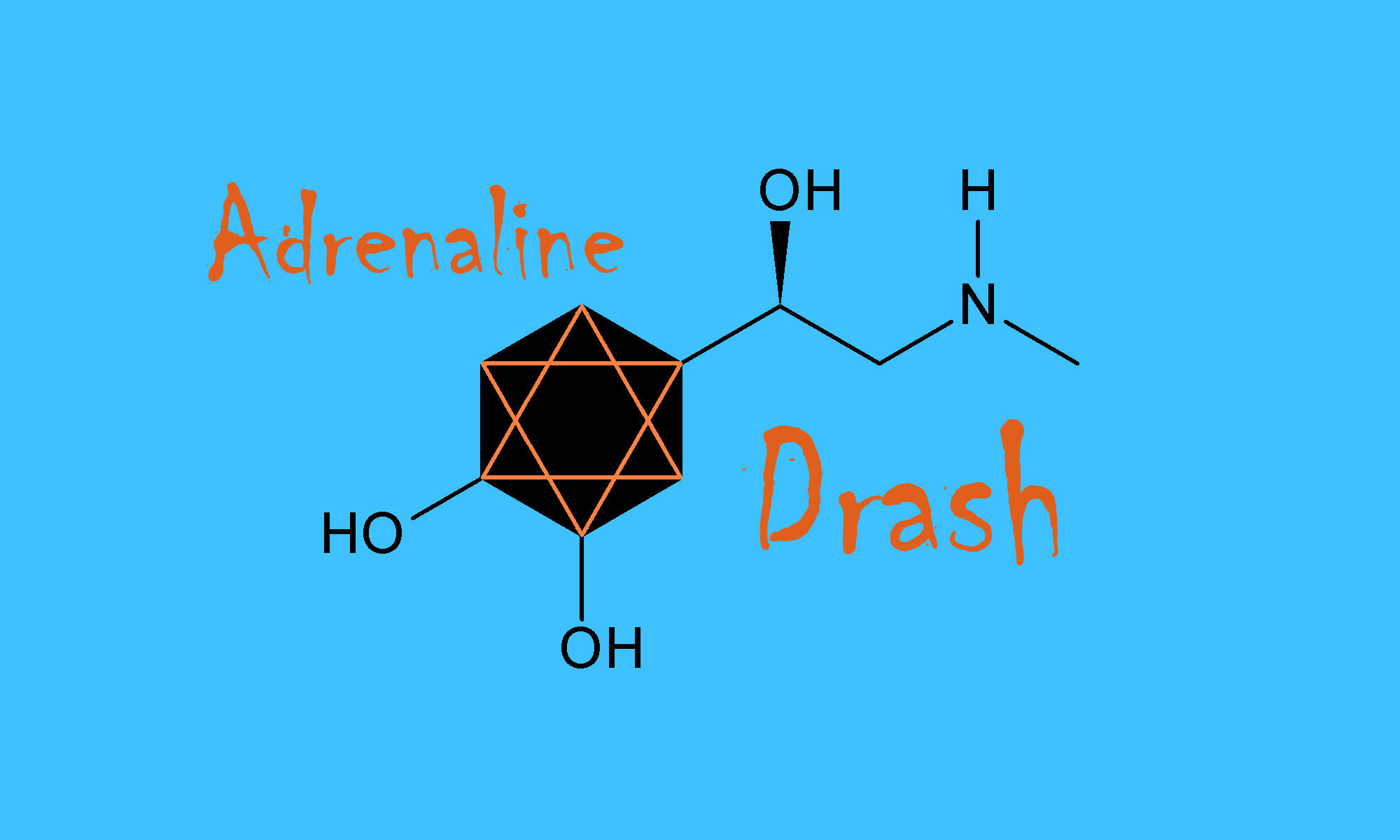Last week, we read one of my favorite passages in Torah – T’rumah. I fell in love with this parsha over fifteen years ago. I remember that my enthusiasm and delight surprised most of my then congregants, who complained when we met for Torah study that the text was repetitive and boring.
“It’s magical,” I insisted. “It is filled with color and scents. Everything, everything is made by human beings who long to engage in a delightful excess of thanks, of creative energy. It’s inspiring!”
The tabernacle, I would point out, is made of every single kind of art. Who created a lampstand fashioned in metal and adorned in nature – petals winding about its seven branches and cups fashioned in the form of almond blossoms? Who stitched draperies made of fine twisted linen, in the richest and deepest shades of purple and blue and wine-red? Who hammered out the gold clasps used to hold cloth together? The work of our ancestors’ hands is described here, and it is amazing.
Once my son, Erik, told me that my little business on Etsy, Not My Brother’s Kippah, was one of the most powerful parts of my rabbinic calling.

Certainly, almost as soon as I entered rabbinical school, I started making kippot, and then tallitot. My first efforts were all gifts. They were meant to redress a problem: in those days, my fellow female students mostly purchased either a flimsy wire kippah or wrapped their heads in a scarf.

Since then, though, I’ve made a number of tallitot for transgender teenagers who otherwise felt confined in a market that catered entirely to a binary reading of human needs – products that were clearly marked for “boys” or “girls.” Gender is no longer defining who visits my site or purchases my work.
Among all those kippot, tallitot, tallit bags, and the like that I have made, I have loved most the sense of magic in the making. There is always a dance going on, a dance of light, of color, of touch, of symbol in every stitch. When I reuse fabrics or scraps of the same, or otherwise rely on recycled materials, I know that my making can respond to the needs of a planet suffering from the horrific waste and pollution the fashion industry engenders. If I am going to create, I want to think about how to do that sustainably.

No one ever told me that selling things I made could actually offer spiritual benefits – for me or for my clients. Recently, I had a client who had recently lost her mother; when we settled on a sunset orange sari as the base for her tallit, she told me: “that was my mother’s favorite color.”
Those who made the tabernacle knew that the making of beautiful things is a tikkun. They knew that their endeavors were magical, and thus spiritual. They made things from the earth, reflecting the earth, and for the express purpose of connecting the earth with its divine source.
I will never read T’rumah without thanking them.


